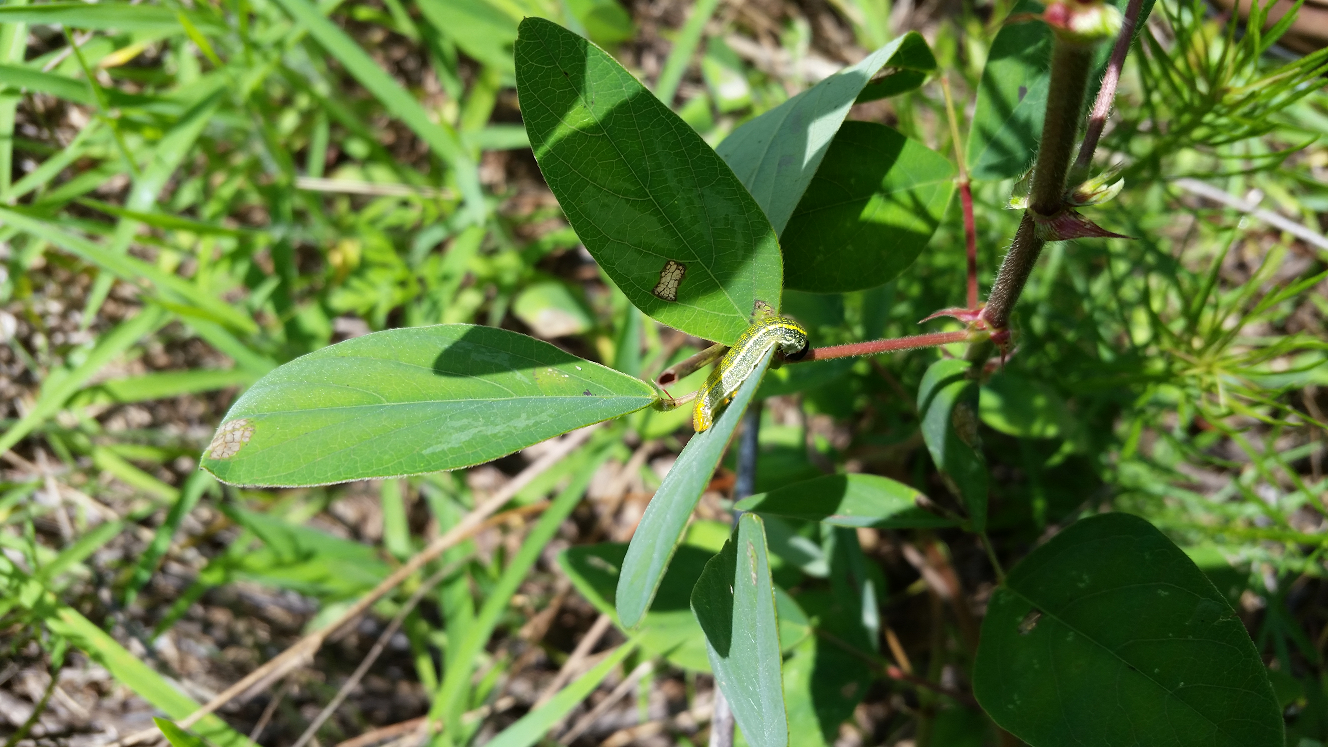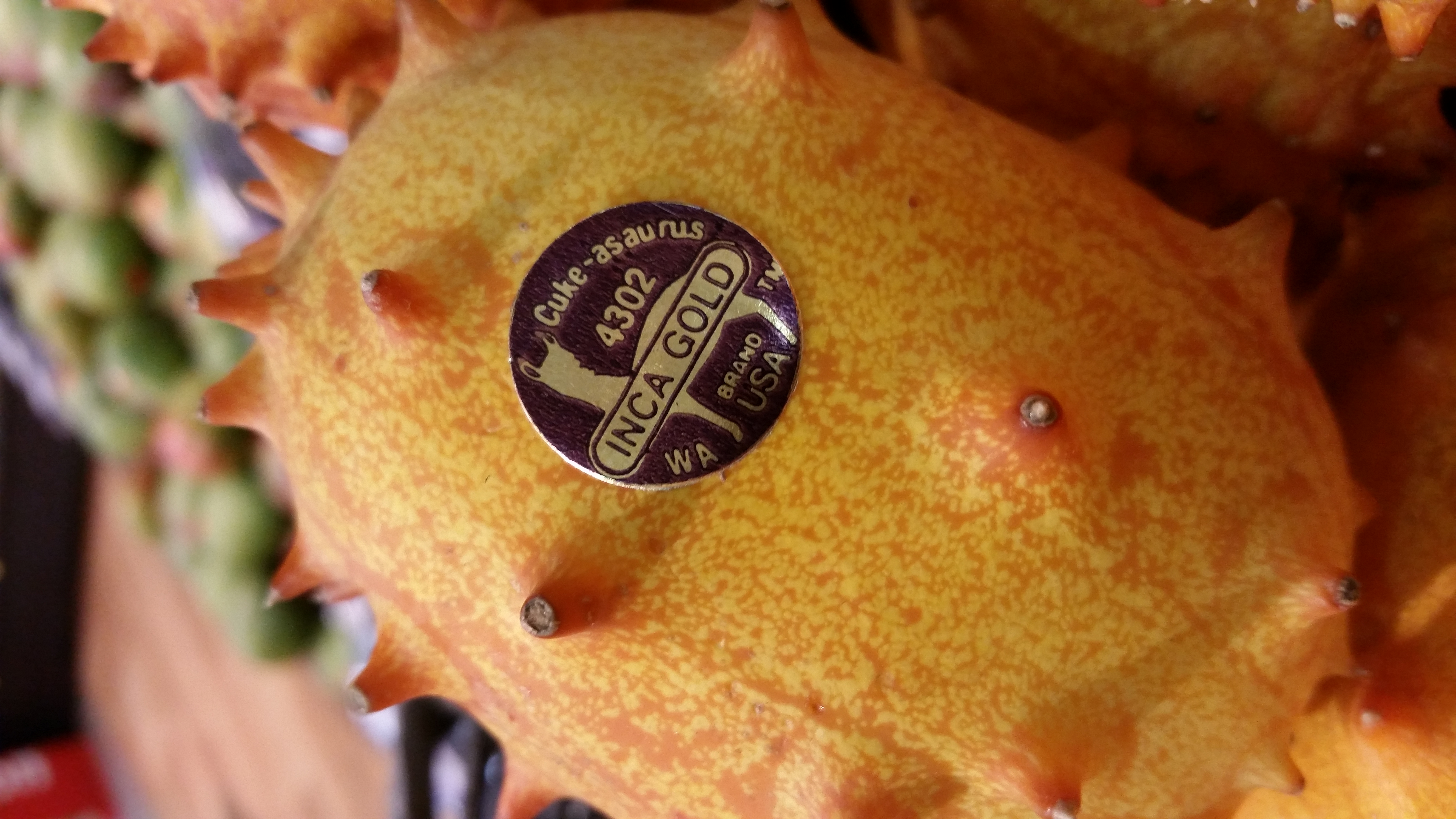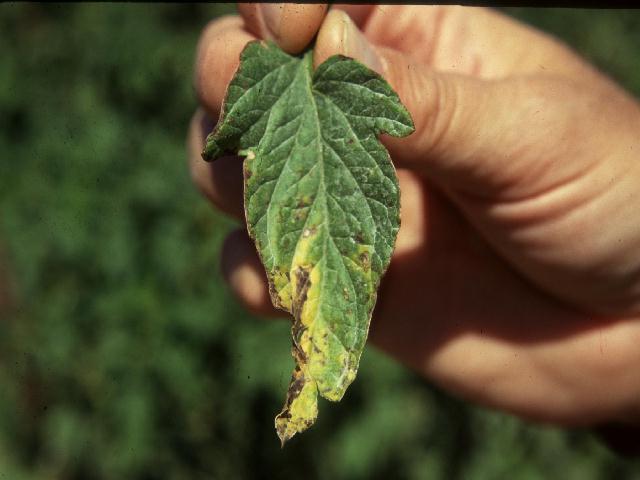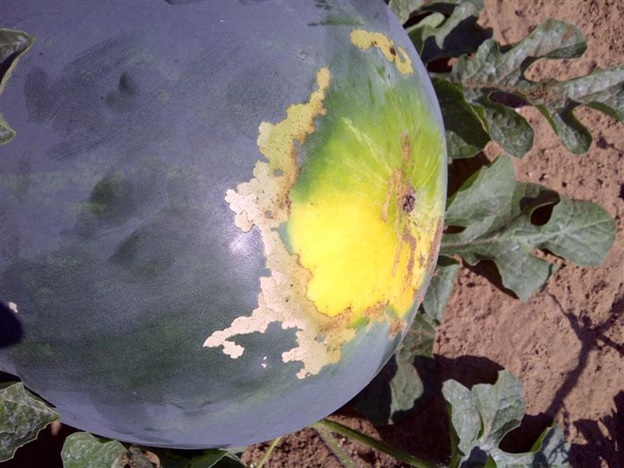
by Matt Lollar | Jul 22, 2016
Insects, like humans, do not like exerting more effort than is necessary. They are also picky eaters. When an insect lands on a plant that it cannot eat or doesn’t prefer to eat, then it must exert more time and effort to search for a more palatable host plant....

by Matt Lollar | Feb 26, 2016
The USDA defines specialty crops as “fruits and vegetables, tree nuts, dried fruits, horticulture, and nursery crops (including floriculture).” This definition is very broad and as you will soon find out, some crops are extremely special. Two crops new to me, Kiwano...
by Matt Lollar | Feb 5, 2016
Thank you to all those who attended the Tri-State Cucurbit and Panhandle Satsuma Meetings held in Jackson County! We had a great turnout at both meetings, and we even had some folks from as far away as Statesboro, GA. Don’t fret if you were unable to attend...

by Matt Lollar | Oct 2, 2015
High temperatures and wet weather produce the perfect conditions for the onset of bacterial spot in tomato fields. The disease is caused by various species of Xanthomonas bacteria. Small spots (1/8 inch) form on leaves, stems, and fruit. The leaf spots are sometimes...

by Matt Lollar | Jun 12, 2015
Matt Lollar, Jackson County Horticulture Agent It’s the beginning of melon harvest season in the Panhandle, and rindworms pose a significant threat to fruit quality. Rindworms are an interesting bunch because they are made up of a number of caterpillar species that...





